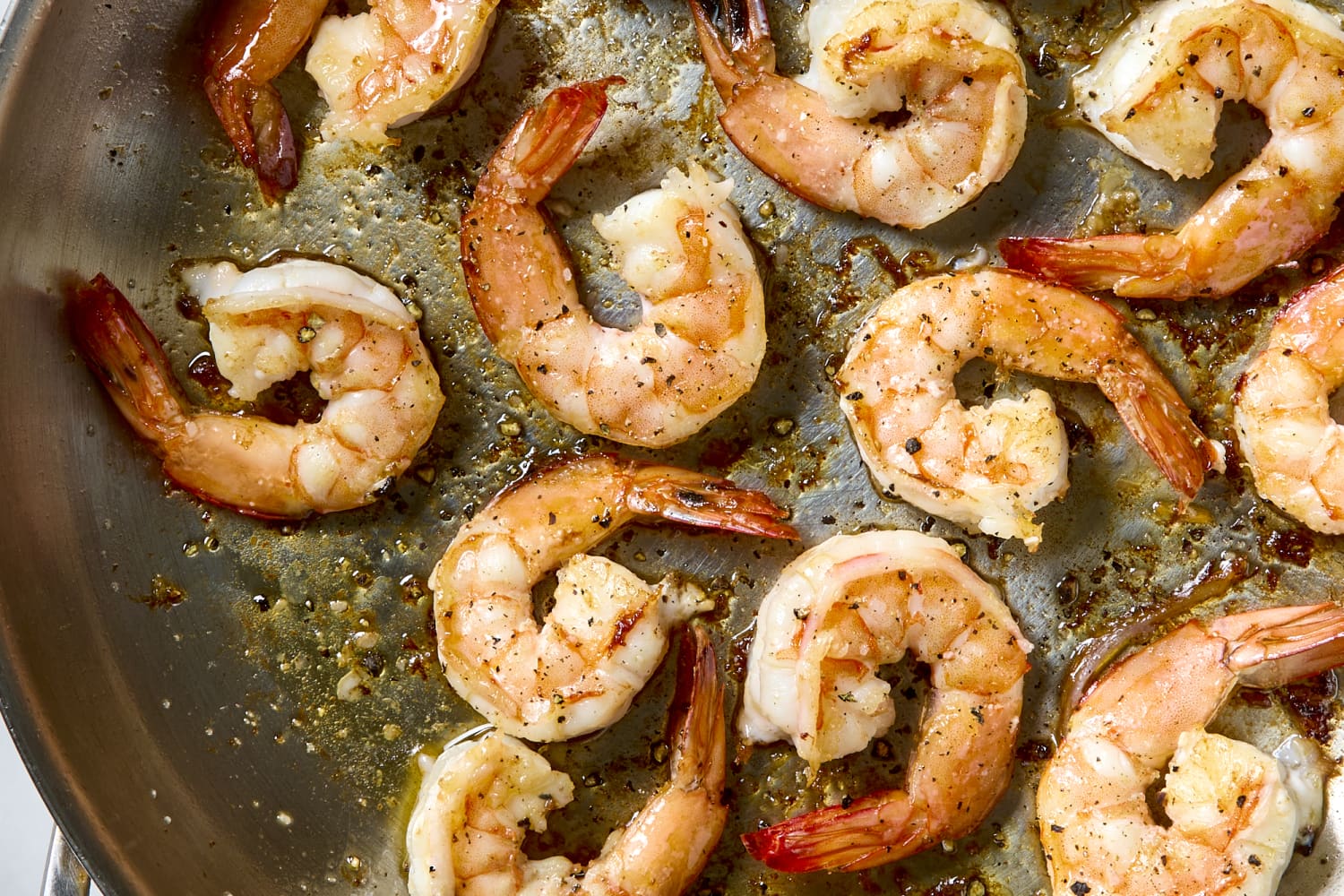Shrimp, those small, crustaceans with their distinctive curved bodies and delicate flavor, have captivated human palates for millennia. From humble beginnings in coastal villages to their status as a global culinary sensation, shrimp have journeyed through diverse cultures and cuisines, leaving an indelible mark on gastronomy.
A Brief History of Shrimp
The earliest evidence of shrimp consumption dates back to ancient civilizations. In Greece, shrimp were considered a delicacy, often served as an appetizer or garnished on dishes. The Romans, too, embraced shrimp, incorporating them into various culinary creations.
As trade routes expanded, shrimp made their way to new continents. In Asia, particularly in Southeast Asia, shrimp became a staple ingredient in countless dishes, from stir-fries and soups to dumplings and spring rolls. The indigenous peoples of the Americas also harvested and enjoyed shrimp, using them in traditional recipes and ceremonies.
Shrimp Anatomy and Biology
Shrimp belong to the order Decapoda, which also includes crabs, lobsters, and crayfish. They have a segmented body, typically consisting of a head, thorax, and abdomen. The head bears two pairs of antennae, two compound eyes, and a pair of mandibles for chewing. The thorax houses five pairs of walking legs and three pairs of maxillipeds, which are used for feeding. The abdomen is segmented and ends in a tail fan, which is used for swimming.
Shrimp are primarily marine creatures, inhabiting a wide range of habitats, from shallow coastal waters to the deep ocean. They can be found in various environments, including sandy bottoms, rocky reefs, and seagrass beds. Some species are freshwater shrimp, living in rivers, lakes, and ponds.
Shrimp Nutrition and Health Benefits
Shrimp are a nutritious food source, packed with essential nutrients. They are an excellent source of protein, low in fat, and cholesterol-free. Shrimp also contain a variety of vitamins and minerals, including iodine, selenium, phosphorus, and vitamin B12.
Consuming shrimp has been linked to several health benefits. Studies have shown that shrimp can help boost immunity, improve heart health, and support brain function. The omega-3 fatty acids found in shrimp can also contribute to overall well-being.
Shrimp in Global Cuisine
Shrimp have become a versatile ingredient in countless cuisines around the world. Here are a few examples:
- Asian Cuisine: Shrimp are a staple in Asian cuisine, used in dishes like pad thai, shrimp fried rice, shrimp dumplings, and shrimp tempura.
- Mediterranean Cuisine: In Mediterranean cuisine, shrimp are often grilled, baked, or added to salads and pasta dishes.
- American Cuisine: Shrimp are popular in American seafood dishes, such as shrimp scampi, shrimp cocktail, and shrimp and grits.
- Latin American Cuisine: Shrimp are used in various Latin American dishes, including ceviche, shrimp tacos, and shrimp empanadas.
Shrimp Farming and Sustainability
The demand for shrimp has increased significantly in recent decades, leading to a surge in shrimp farming. While aquaculture can help meet the global demand, it also raises concerns about environmental impact. Overfishing of wild shrimp populations and the use of harmful chemicals in shrimp farming can have negative consequences for marine ecosystems.
Efforts are being made to promote sustainable shrimp farming practices. This includes reducing the use of antibiotics, minimizing environmental impact, and ensuring the welfare of farmed shrimp. Consumers can also play a role by choosing sustainably sourced shrimp and supporting responsible fishing practices.
As shrimp continue to be a popular and versatile ingredient, it is essential to consider the environmental and social implications of shrimp production. By making informed choices and supporting sustainable practices, we can help ensure the long-term viability of shrimp populations and the enjoyment of this delicious seafood delicacy.
